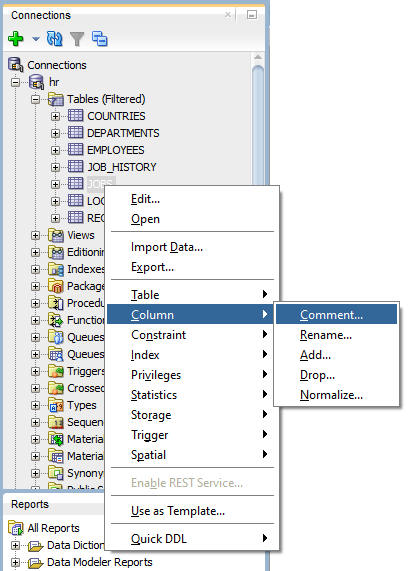

The software also incorporates the possibility to analyze external multivariate process datasets. Contribution plots are used to diagnose the original variables responsible of such abnormal situations. In Phase II, the user can simulate several scenarios with different combinations of disturbances and failures and monitor them using Squared Prediction Error (SPE) and T-2 control charts. For example, if your dataset consists of spectra collected for 20 samples in the wavelength range from 400 to 800 nm every 1 nm (that’s 401 wavelengths read) then your matrix will have 20 columns and 401 rows. When the simulation is finished, the GUI obtains the corresponding PCA model automatically. Each column of the input table is one object (or observation, or sample) and each row is one variable (or descriptor). During Phase I, the user can simulate the distillation column under normal operating conditions at three different operating points. The methodology for PCA-based MSPC is implemented in two phases. The nonlinear model has four manipulated variables, four controlled variables and three input measured disturbances, plus 41 M fractions corresponding to every column stage. Simulated data are obtained from a nonlinear model of a binary distillation column implemented in Simulink. The software allows users to analyze both simulated and external data sets.

A Graphical User Interface (GUI) is developed in MATLAB as a tutorial for understanding the PCA-based MSPC strategy.


 0 kommentar(er)
0 kommentar(er)
